CEMETERY WILDLIFE – MAY 2022
Weather-wise May has been a month of contrasts, with plenty of warm sunny days and some cooler days too. But in the last half of the month, we had quite a few rainy days. The rain wasn’t particularly heavy or persistent but there was enough of it to leave a few small puddles behind. This will have been a most welcome sight to the cemetery wildlife, especially the birds and mammals.
Trees and Plants
The leaves on the trees are now fully open. The last to undergo this process is the Ash – at the beginning of the month the flowers appeared and the leaves started to open. The leaves are now fully open and those flowers have started to develop into seeds, known as keys.
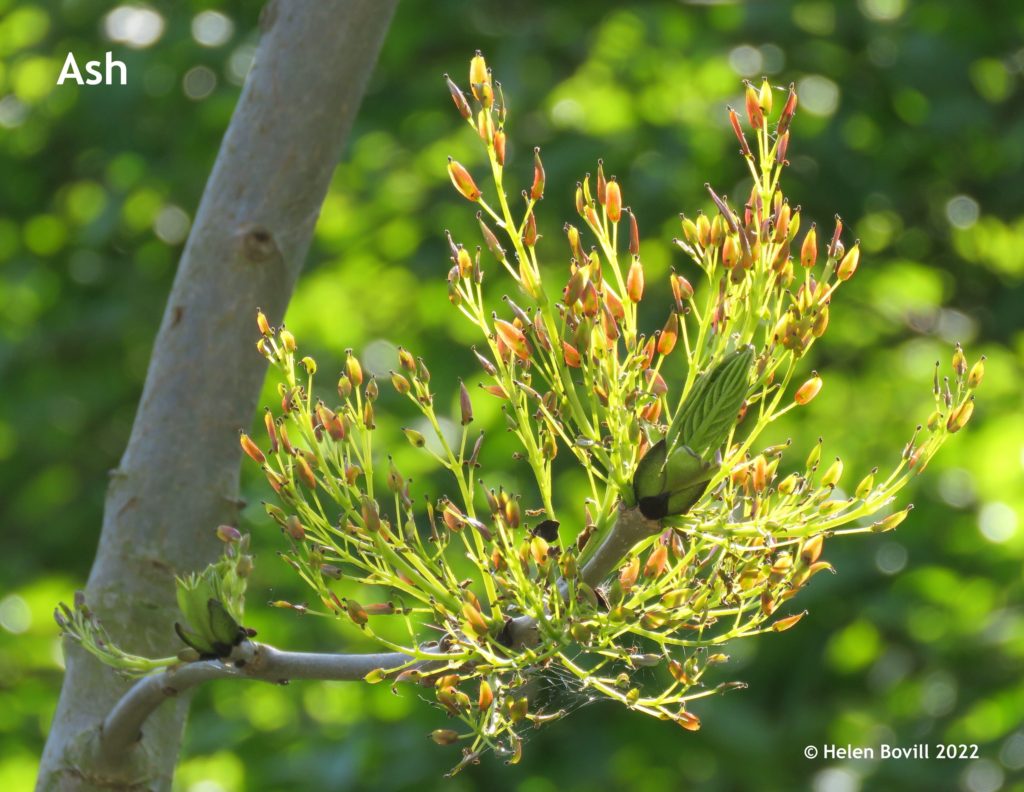
The above photo was taken at the beginning of the month.
The Laburnum the volunteers planted in the Quaker Burial Ground last year is thriving, and it produced lots of flowers, starting at the beginning of the month.
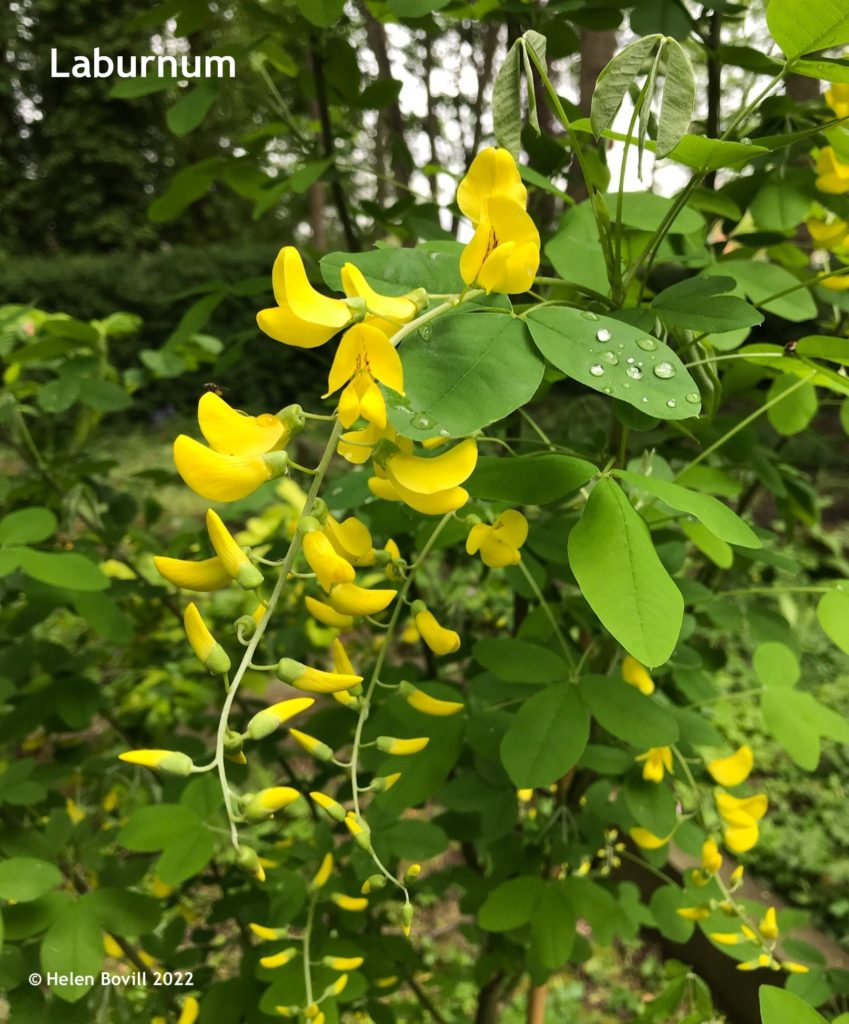
May is the best month to see the swathes of Wild Garlic growing throughout the cemetery. It is also known as Ramsons and looks and smells wonderful!
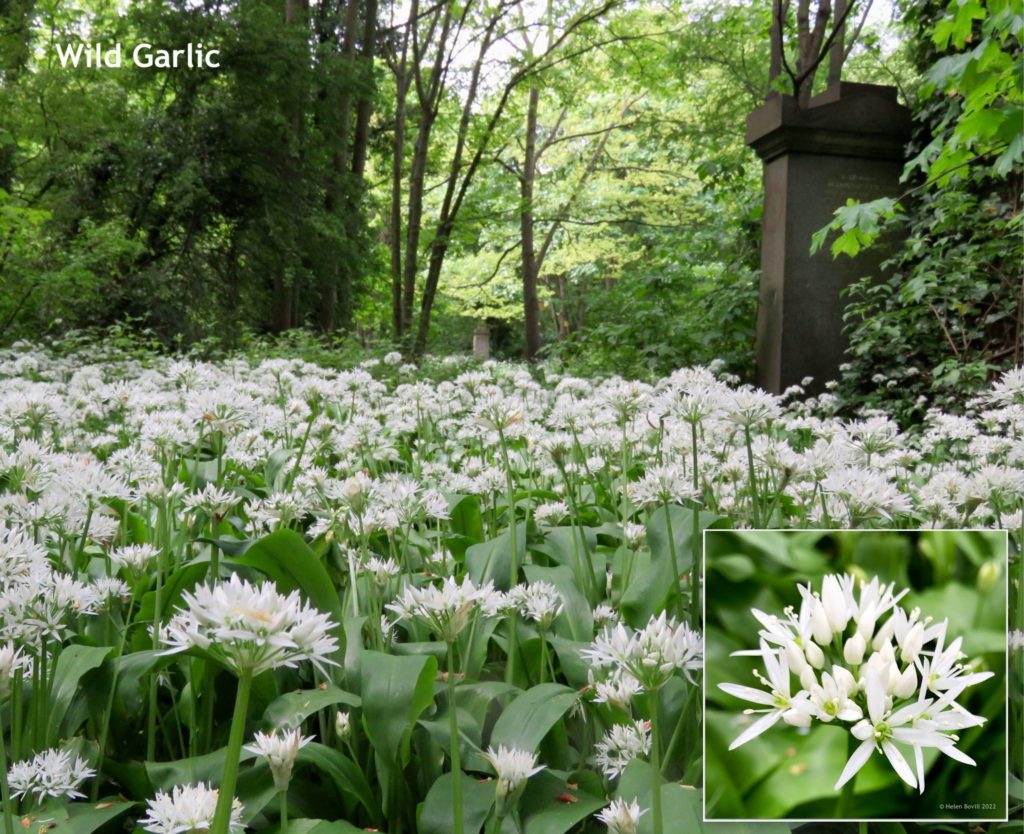
The Bluebells looked at their best this month. The vast majority of them are the non-native, Spanish variety planted many years ago and appear in pink and white varieties too.
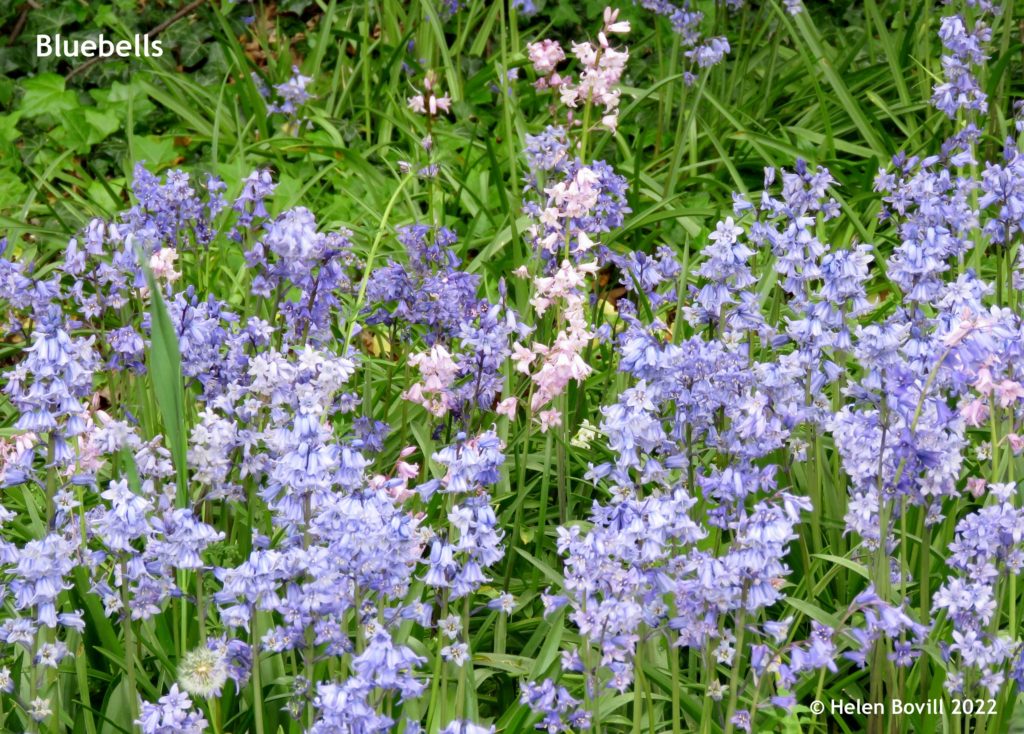
There is also lots of Cow Parsley growing in the cemetery and on the grass verge. Some Hogweed has started to appear too. I was surprised to find an Oilseed Rape plant growing next to a tree on the grass verge!
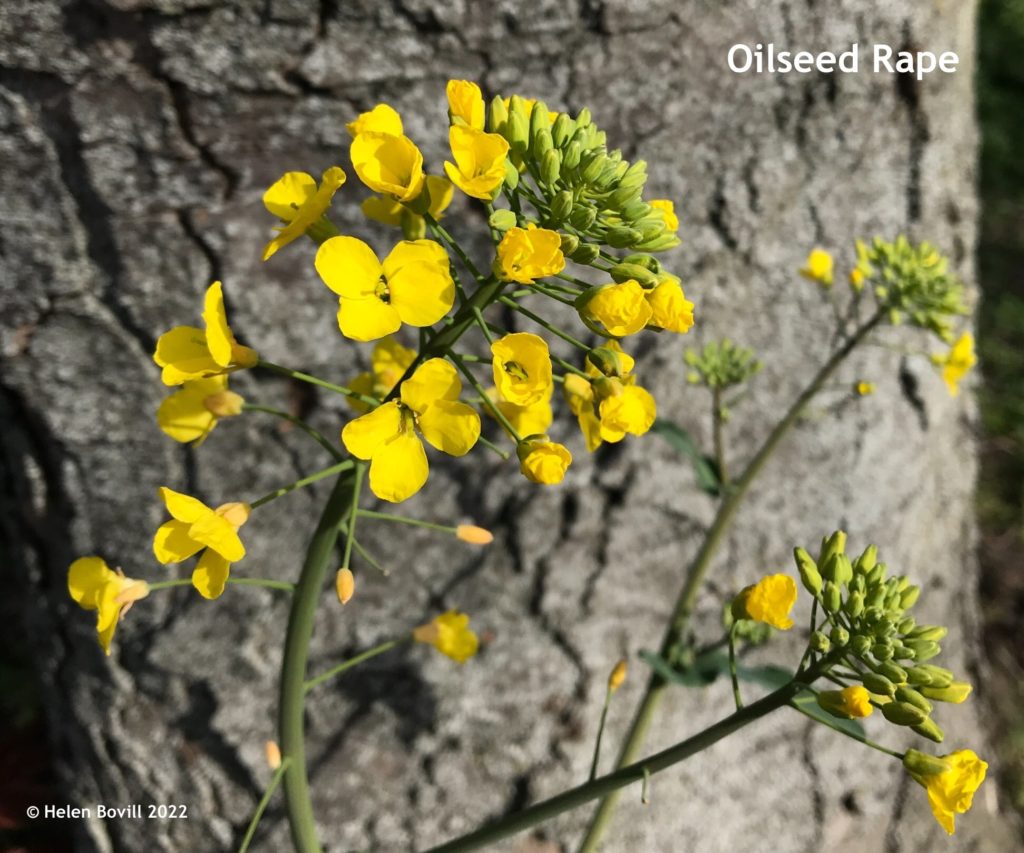
I’ve noticed plenty of Garlic Mustard growing in the cemetery and on the grass verge – a lot more than last year. This is good news for the Orange-tip butterfly as this is one of its main larval food plants.
The Red Campion is now flowering – there is more of it than last year, on the grass verge and inside the cemetery in the grassy central area. Herb Robert is in flower too along the southern footpath.
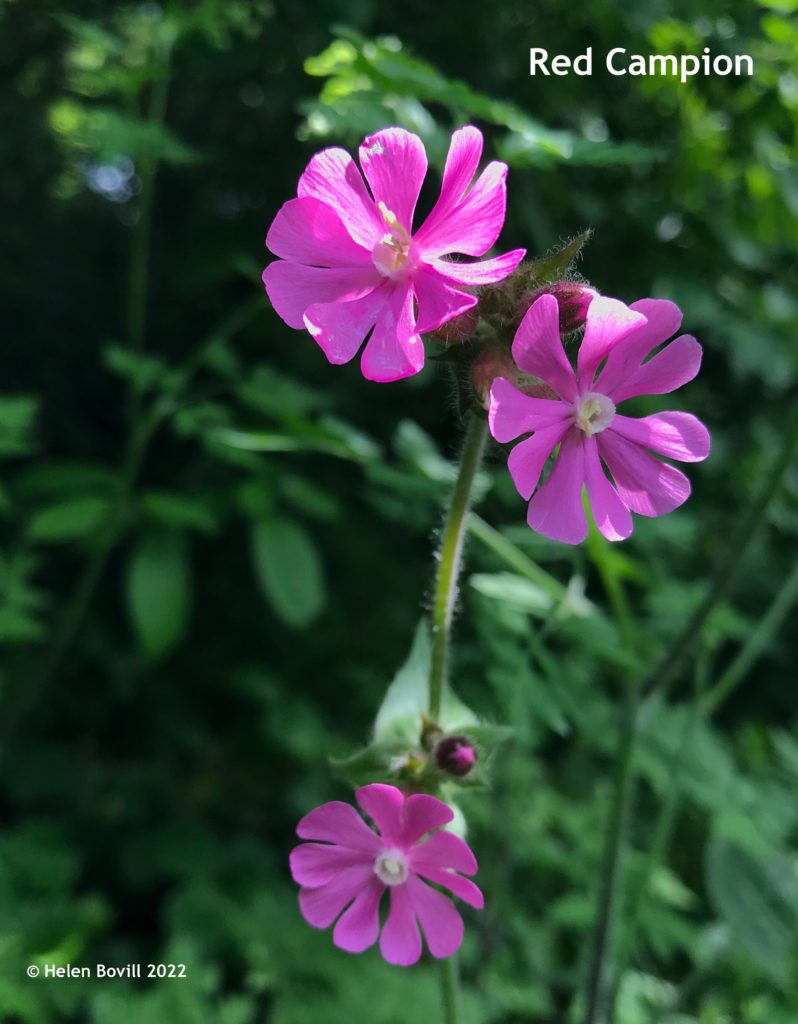
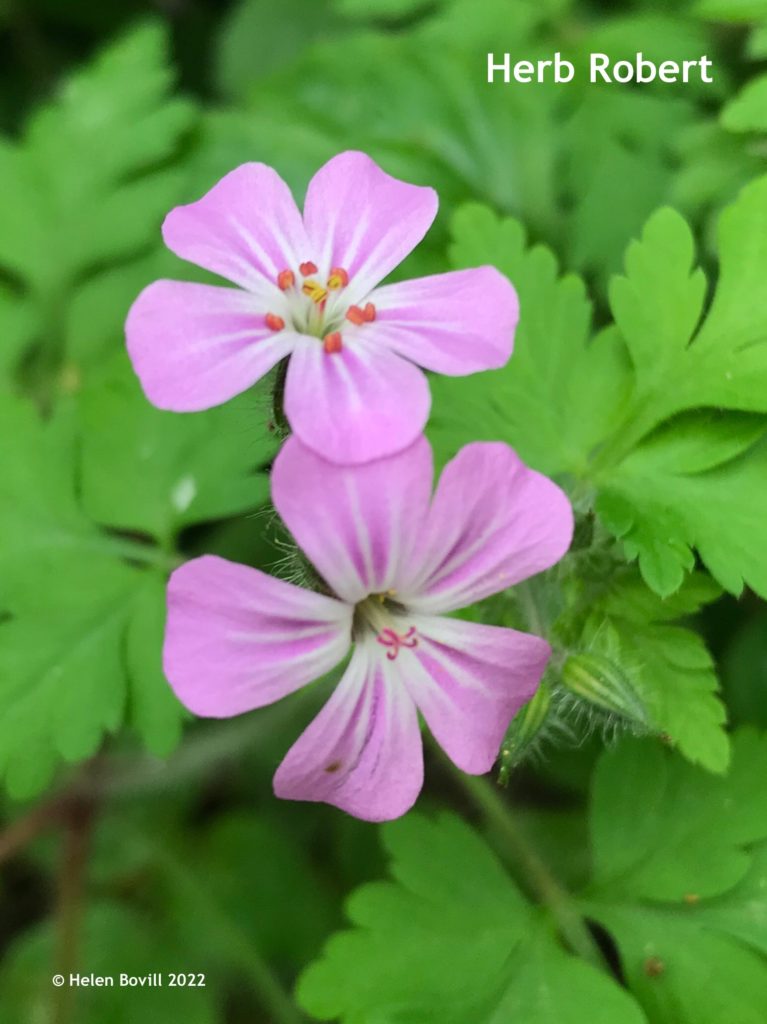
There are not so many Dandelions in flower at the moment but there are plenty of other yellow wildflowers to be seen, including Buttercups, Smooth Sow-thistle, Hawks-beard, Wood Avens and Hedge Mustard.
Insects
It’s nice to be writing about something different because here’s an insect I saw for the first time ever, and it was the cemetery too! It’s a Scarce Fungus Weevil or Cramp-ball Fungus Weevil and I saw four of them.
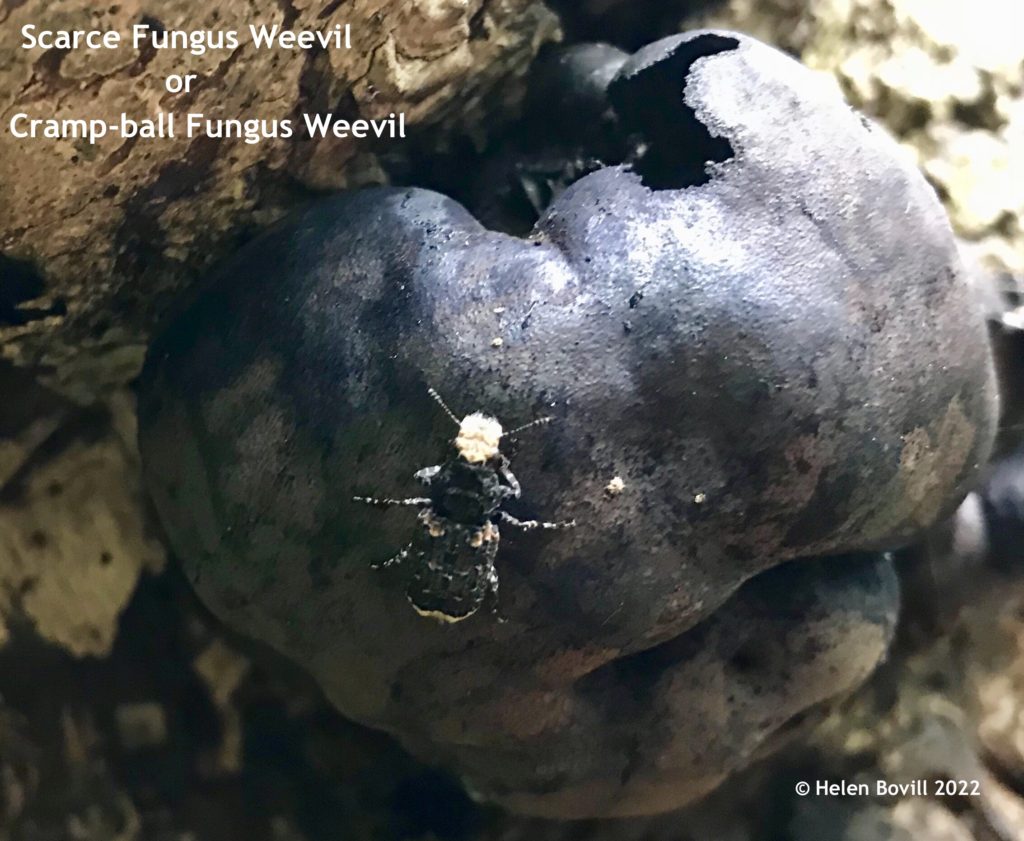
You might recall back in December last year I wrote about this strange-looking fungus, called King Alfred’s Cakes or Cramp Balls, which at the time were quite solid. The Weevil lays its eggs inside the fungus and some of the fungi are now quite hollow from having been eaten by the larvae.
There are lots of Ladybirds around – native species and Harlequins too. There are plenty of Bees around, and hoverflies. I also saw another Bee-fly.
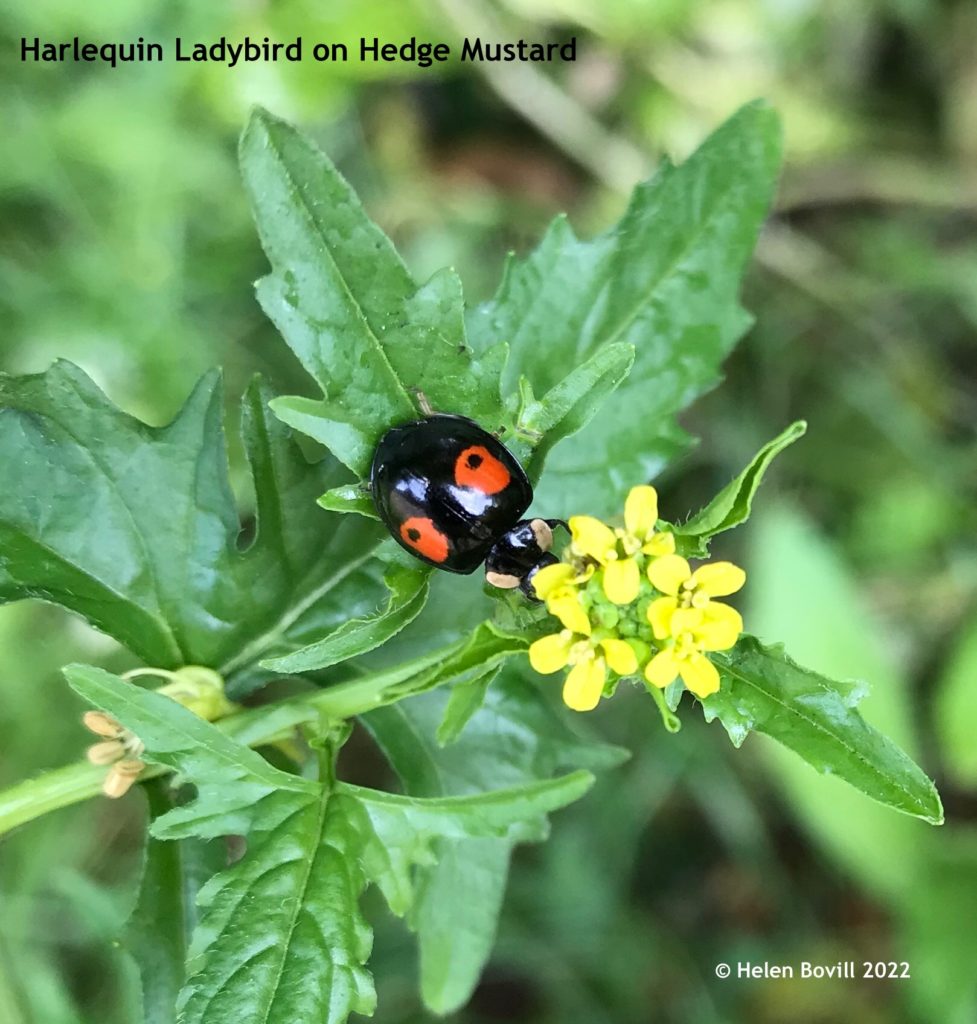
There are still Orange-tip butterflies in flight along the grass verge and inside the cemetery. It’s been a very good year for these butterflies, not just here but in other parts of the county according to other people I’ve spoken to.
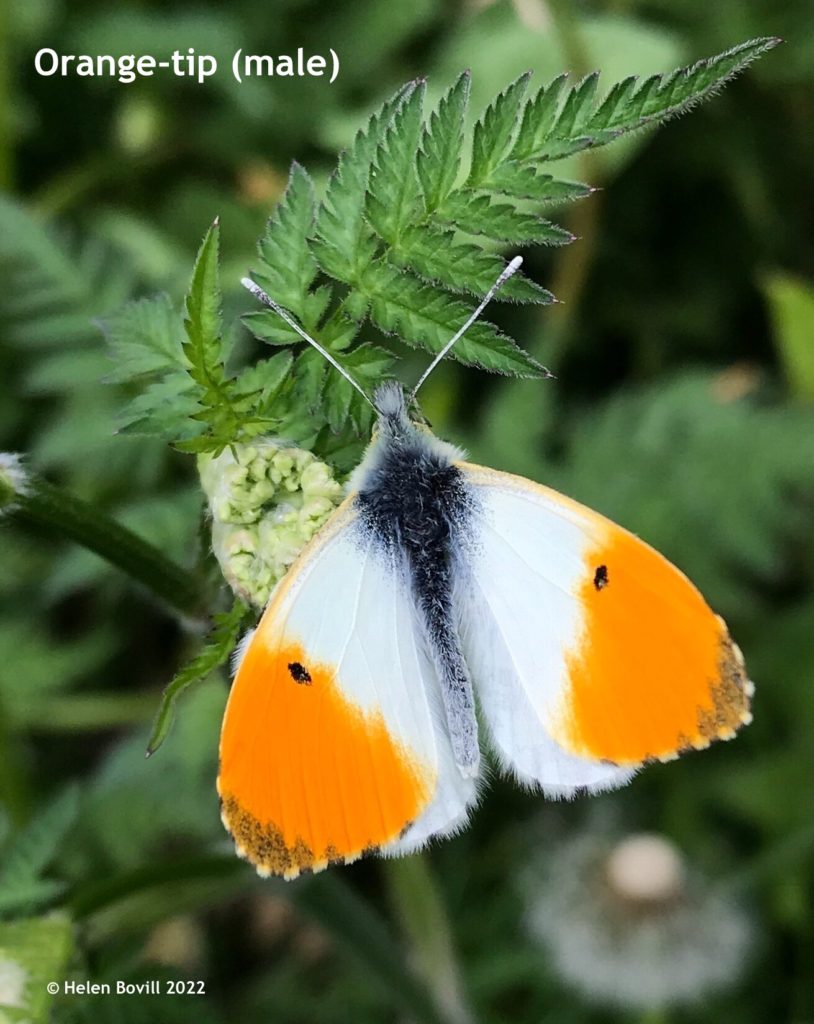
I’ve also seen Holly Blues, Speckled Woods, Green-veined Whites and Small Whites. The white butterflies are very difficult to identify in flight but when they come to rest it’s much easier to confirm what they are.
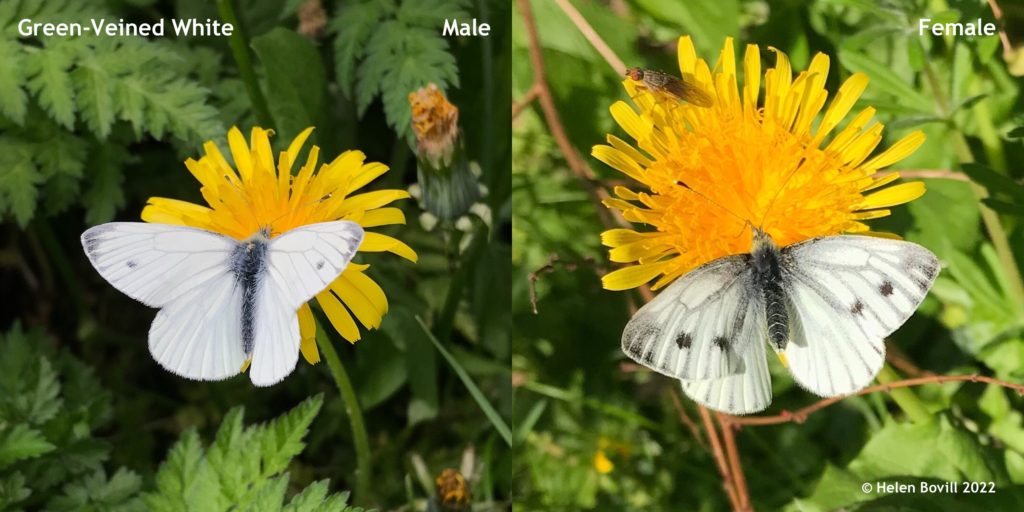
Birds
Staying with the cemetery wildlife of the air, I got up very early on the first Sunday of the month for International Dawn Chorus Day. There were so many birds singing, including Robins, Chaffinches, Blackbirds, Blue Tits, Great Tits, Thrushes, Wrens, Dunnocks and Blackcaps. But as the leaves on the trees were almost fully open by then, it was very much a case of heard but (rarely) seen! These are the best photos I could manage –

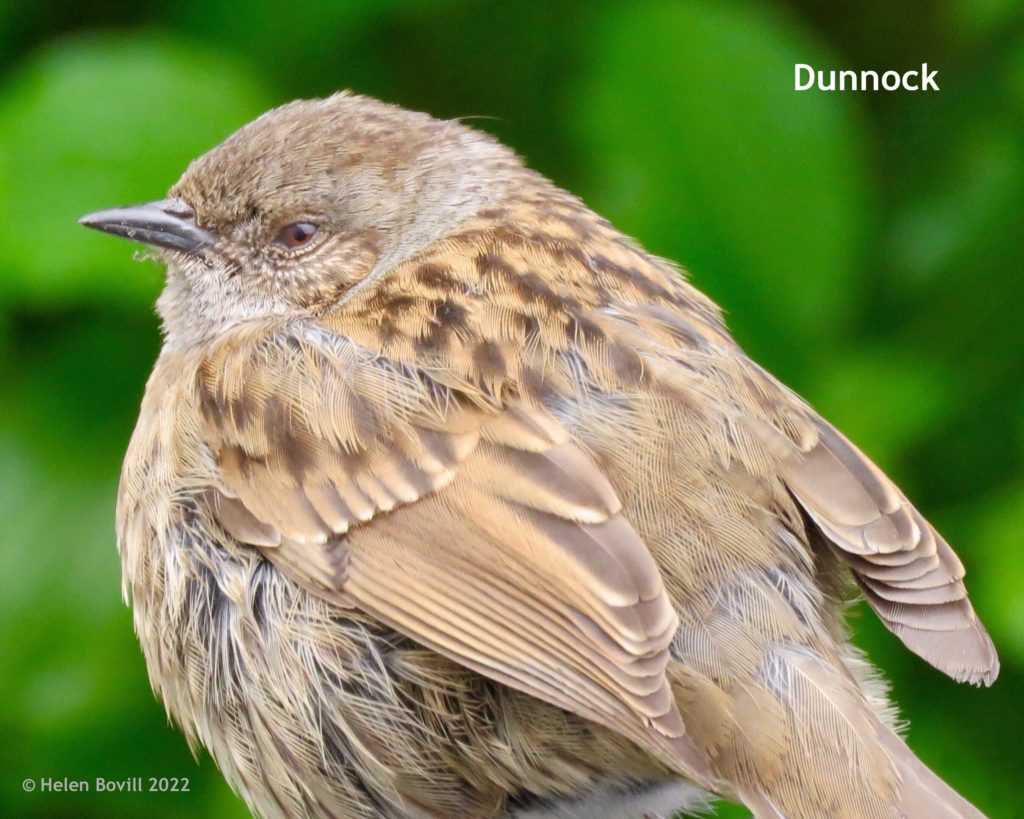
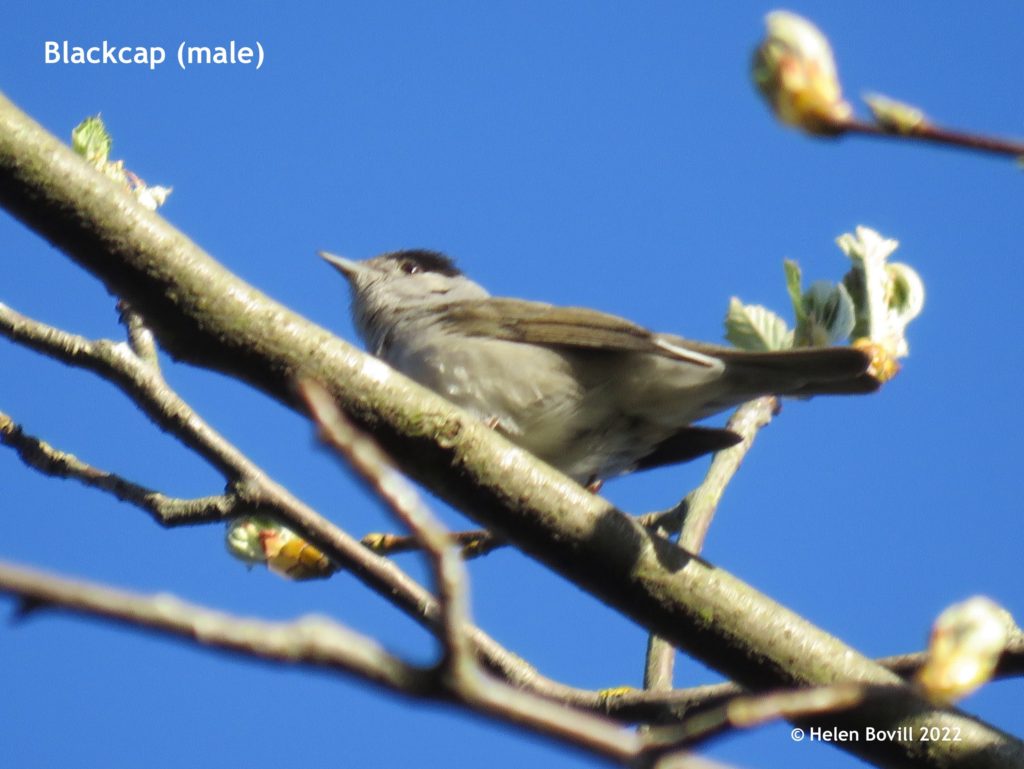
I also caught a brief glimpse of a Fox during my Dawn Chorus walk – it darted across the footpath ahead of me but was gone before I could get my camera out.
Later in the month I saw a female Blackcap in the same area as a male I saw a couple of times. I hope they’re a pair and will successfully raise some young.
The Chiffchaffs were still singing during the first half of the month but I haven’t heard any recently. I’ve also seen Long-tailed Tits and Goldfinches, and I caught a very brief glimpse of a Goldcrest.
There are plenty of the larger birds around, such as Carrion Crows, Magpies and Wood Pigeons. I’ve seen four Stock Doves now – this is a species that used to be a rare sight in the cemetery a few years ago but now I see them every day.
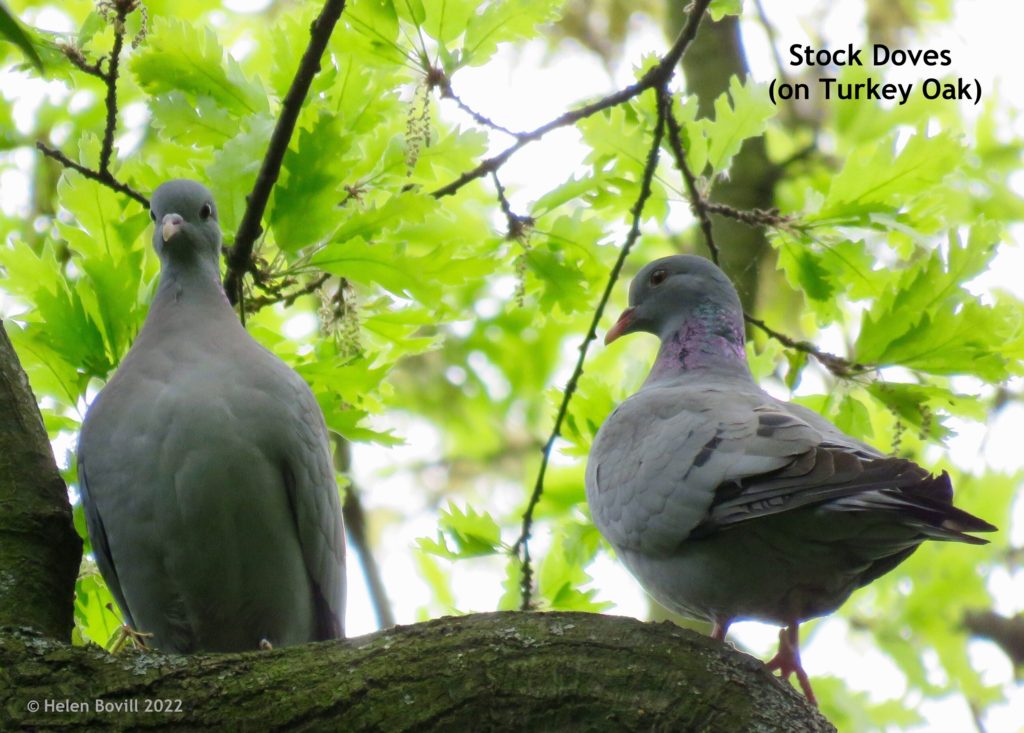
Conclusion
Just like last month, May has also been a month of abundance in terms of plant growth. The leaves on the trees are fully open, providing a cool canopy to walk under on a hot sunny day. And despite the rain the footpaths are still easy to walk on, but are a lot softer as I write this. The perfect conditions for a relaxing stroll to admire our wonderful cemetery wildlife!


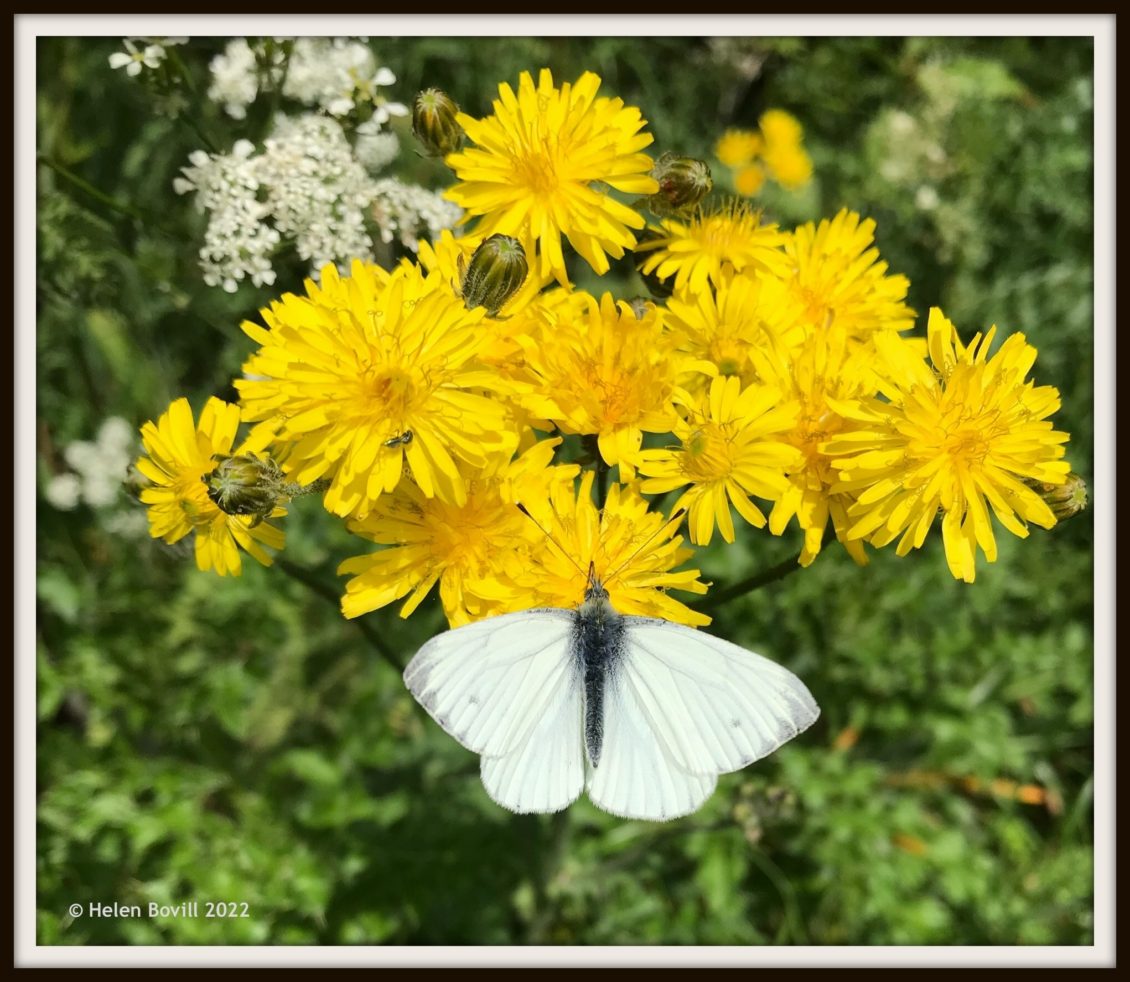
That was so inspiring reading about the plants, insects, bird and flowers. Thank you very much for this lovely post Helen.